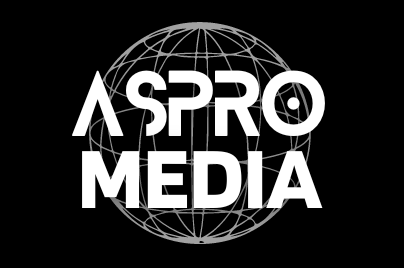Digital marketing has become an indispensable aspect of modern business, offering a wide array of strategies to help companies establish a strong online presence, connect with their target audience, and drive growth. In this comprehensive guide, we’ll delve into the core principles of digital marketing strategies, exploring various techniques and methods to boost your online success.
1. Introduction to Digital Marketing

In today’s digital landscape, effective marketing extends beyond traditional methods. Digital marketing harnesses the power of the internet to promote products and services, engaging with potential customers through various online channels.
2. Understanding Your Target Audience

Before diving into digital marketing strategies, it’s crucial to identify your target audience. By understanding their preferences, behaviors, and pain points, you can tailor your campaigns for maximum impact.
3. Search Engine Optimization (SEO)

SEO is the cornerstone of digital marketing. It involves optimizing your website to rank higher in search engine results, driving organic and relevant traffic. Implementing proper keywords, quality content, and a user-friendly interface are key components of successful SEO.
4. Pay-Per-Click Advertising (PPC)

PPC campaigns, such as Google Ads, allow you to place ads at the top of search engine results. You only pay when a user clicks on your ad, making it a cost-effective method to attract potential customers actively searching for your products or services.
5. Social Media Engagement

Social media platforms provide an invaluable opportunity to connect directly with your audience. Crafting engaging posts, running contests, and utilizing targeted ads can boost your brand’s visibility and foster a loyal following. make your social media accounts now on Instagram Threads Tweeter .
6. Email Marketing Essentials

Email marketing remains an effective way to nurture leads and keep existing customers engaged. Personalized email campaigns that provide value and relevant offers can lead to higher conversion rates.
7. Influencer Partnerships

Collaborating with influencers can expand your reach exponentially. These individuals already have a dedicated following, and their endorsement of your product or service can build trust and credibility.
8. Video Marketing Strategies

Videos are highly engaging and shareable. Creating informative or entertaining videos related to your industry can capture your audience’s attention and encourage them to share your content. make your Business videos and poster on Canva
9. Analytics and Data Tracking

Effective digital marketing relies on data-driven decisions. Analyzing user behavior, traffic sources, and conversion rates provides valuable insights that help refine your strategies over time.
10. Conversion Rate Optimization (CRO)

CRO focuses on enhancing the user experience to increase the percentage of visitors who convert into customers. A/B testing, optimizing landing pages, and improving site navigation are key tactics in this area.
11. Mobile-Friendly Approaches

With the rise of mobile device usage, ensuring your website is mobile-responsive is essential. Mobile users should have a seamless experience to prevent high bounce rates.
12. Building a Strong Online Brand

Consistency across all online platforms builds a strong brand identity. From your website design to social media posts, maintaining a cohesive image fosters brand recognition and trust. promote your brand on quality ads of META
13. Cross-Platform Campaigns

Utilize multiple online channels to reach a wider audience. Integrating your efforts across platforms like social media, email, and blogs can reinforce your message and increase visibility.
14 .Embracing Emerging Technologies

Stay up-to-date with technological advancements like AI chatbots and virtual reality. Incorporating these innovations can set your brand apart and provide unique experiences for users.
15. Conclusion
Digital marketing is a dynamic landscape that requires continuous learning and adaptation. By implementing a combination of these strategies and staying attuned to the ever-changing digital landscape, you can effectively boost your brand’s online presence, engage your target audience, and drive meaningful growth. learn more about ROI on investment in marketing.
16. FAQs
Q1. What is digital marketing?
Digital marketing involves promoting products and services using online channels to connect with potential customers.
Q2. Why is SEO important?
SEO helps improve your website’s visibility in search engine results, driving organic and targeted traffic.
Q3. How can I create engaging content?
Crafting high-quality, relevant, and valuable content is key to engaging your audience.
Q4. What role does social media play in digital marketing?
Social media platforms enable direct interaction with your audience and help amplify your brand’s message.
Q5. Why should I invest in influencer partnerships?
Influencers can expand your reach and lend credibility to your brand through their established following.

